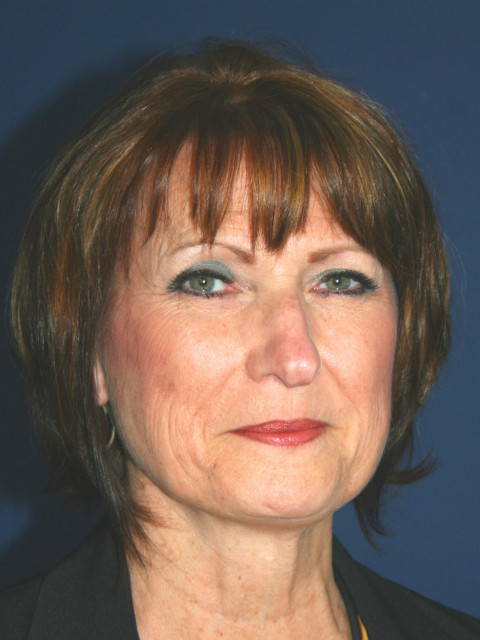
Initial Coding for Lesion Removal and Biopsies – R22.9
by Jill M. Young, CPC, CEDC, CIMC
August 29, 2024
In offices that perform minor procedures like lesion removal or skin biopsies, selecting the proper diagnostic code prior to a final diagnosis from a pathology report is relatively easy. Code what you know at the time of service.
Often code R22.9 is the correct code. R22.9 is listed for localized swelling, mass, or lump. It is also a code assigned for synonyms of mass of skin and mass of subcutaneous tissue as well as others.
Use of a code from the neoplasm table at the time of a procedure is inappropriate because the histologic behavior of the cells is undefined until the pathology report is completed. R22.9 is a non-specific code and reflects what is known at the time of service.
ICD-10-CM guidelines state, “to properly code a neoplasm, it is necessary to determine from the record if the neoplasm is benign, in-situ, malignant, or of uncertain histologic behavior.” You need to know about the cell’s behavior as defined by the pathologist in a report to utilize a code from the neoplasm table’s six columns. Remember, those columns are to be used to identify what the pathologist has determined the behavior of the cells to be.
When I see the diagnosis code of D48.5 – Neoplasm of uncertain behavior of skin used after a lesion removal or biopsy, I am concerned because code D48.5 indicates that the patient has a neoplasm exhibiting behaviors that the pathologist is uncertain of and that show it could require further study. This might be incorrect and does not reflect what is known at the time of the procedure about the lesion.
The overall message is that the neoplasm table and its codes should only be utilized when you have a formal pathology report to guide you to both the cell type and its behavior using the index and correct columns. The uncertain behavior identified in a code from the table is not your uncertainly in knowing what the lesion is, but should reflect the pathologist’s uncertainty of the behaviors of the cells that have been identified.

